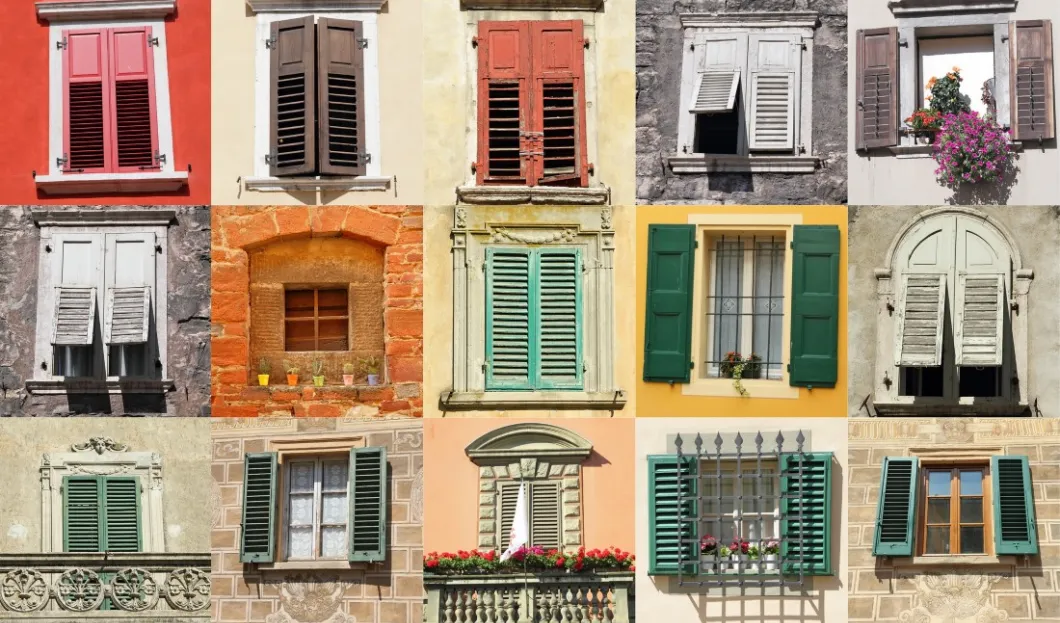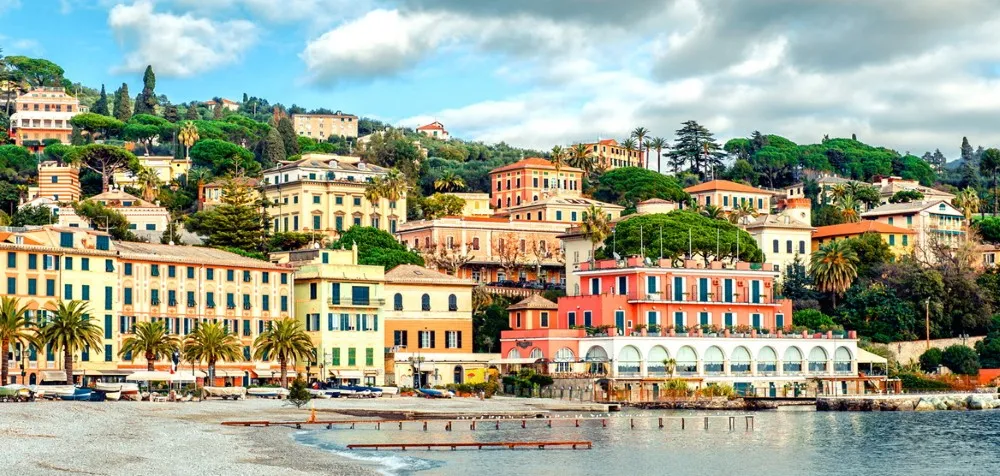
For the third consecutive year, one of the leading banking groups in Europe, UniCredit, and the largest Italian Tourism Association are working together to reaffirm the strategic importance of a sector which is an important driver for the Italian economy.
For 2016, the worldwide tourism flows were positive. Compared to 2015, there has been an increase by 3.9% exceeding 1.2 billion international arrivals. This is a major achievement, especially considering what has been happening in the world over the past few years.
The first forecasts for 2017 leave hope that the flows will continue with the recent growth trend.
Europe remains the most visited continent by international travelers, with about 620 million arrivals, receiving more than 50% of total flow. Asia and the Pacific follow (303 million, about 25%) and America with 201 million arrivals (16%). Asia-Pacific, Africa and America recorded growth rates from 4 to 8%, while the Middle East registered a decrease of 4.1%.
The most visited countries in the world are France with 84.5 million international arrivals, followed by the USA (77.5), Spain (68.2) and China (56.9) and Italy on the fifth position (50.7 million). Data from 2016 has revealed that the effects related to tourism were quite significant. France suffered a downfall of 4%, while Turkey has seen a drastic fluctuation of 30%. On the other hand, Italian tourism is benefiting from the fear of terrorism among Europeans. Out of concern, more and more holidaymakers are avoiding certain places and are choosing for example Italy viewed as a safe destination.
Italian tourism is a decisive driver the country’s economy. The country is one of the most desirable destinations for many foreigners and this has a considerable economic effect.
The tourism industry is worth 70.2 billion euros, which represents 4.2% of the country’s GDP. The industry also creates about 2.7 million jobs throughout the country.
The latest official statistics show a much more positive situation than in the past. Total arrivals for 2015, about 113 million, are considerably higher than in 2014 (+6.4%). Domestic tourism has also seen a revival after stalling in the last few years. Italian arrivals increased by 6.2%,
As for the incoming foreign travel expense in 2016, for the fifth year since 2012 another record has been reached – 36.4 billion euros. It is true that the performance of Italian tourism in the short term has been influenced by “exceptional” factors. For example, the Expo has given strong impetus to the domestic and some non-European markets, as the Chinese market has become the eighth biggest source market for Italy.

The regions of Centre-North and South are still progressing at double speed. It is a paradoxical reality as the most popular attractions – climatic, landscape, historical heritage, food and wine – are an effective picture of the South.
The diversity, year after year, does not seem to diminish. For example, the Veneto region is, with more than 63 million, the most touristic region in Italy. The number of arrivals here is three times higher than Campania (19 million) and four times that of Sicily (15 million). With an annual flow of about 393 million presences in the country, only 19% are in a southern region, which is reduced to 14% considering foreign tourism.
Spending incomes is an equally important indicator to understand the different levels of the industry in the regions. Lazio remains in the first place with 6.4 billion euro spent by foreigners from nearly 36 billion overall in Italy in 2015. It is followed by Lombardy (6.1) and more distantly Veneto (5.2) and Tuscany (4.1). The first southern region is fifth – Campania with 1.8 billion euros. The south all together has a spending income of just 5 billion.
In 14 regions, Germany is the main source market, in 5 other regions it is second or third, while only in Lazio and Valle D’Aosta it is not among the top three.










